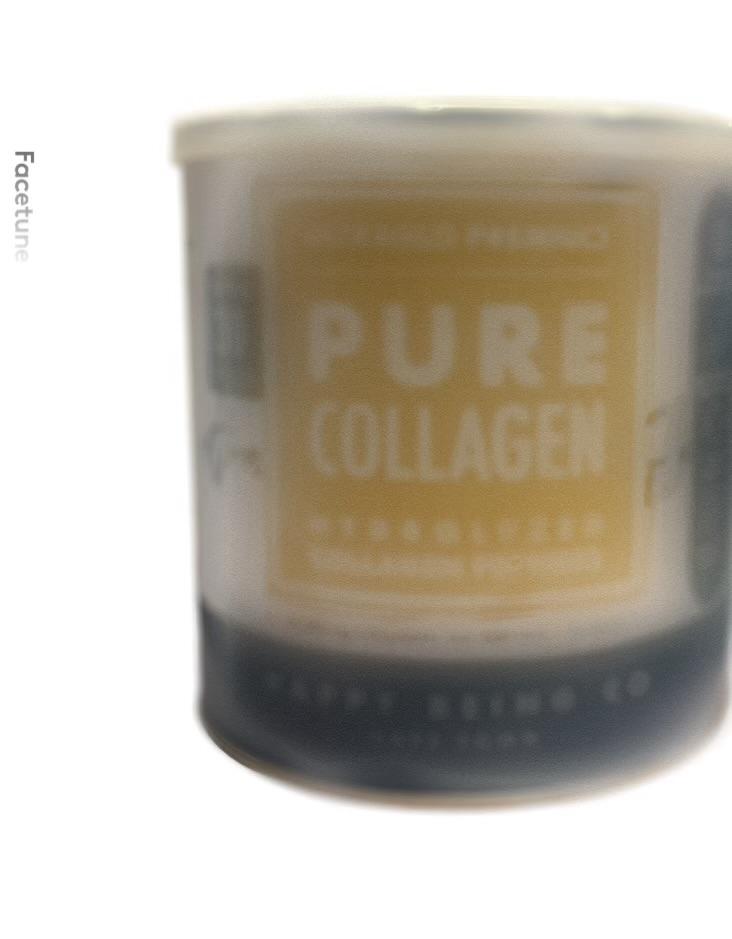The purpose of this article is to list the minimum requirements when collecting and processing product images and dimensions in order to build shelf plans within the DotActiv Software.
When building a planogram, having the correct images and dimensions for the products being planogrammed is essential not only for visual appeal but for higher accuracy when comparing space apportionment to sales performance.
DotActiv’s Requirements
Product Images

DotActiv makes use of three images per product, namely a front image, a left or product side image, and a top image. The reason for this is that when merchandising products at different orientations on a planogram, we are able to discern one product from another, and the overall aesthetic of the planogram is improved.
DotActiv requires the following for their images:
- High resolution
- 2D flat image
- Saved as a JPEG or PNG
- Plain white background
- 90-degree angles
Incorrect

Correct

At a minimum, the image relative to the default merchandising orientation of all products should be captured, i.e. if the default merchandising orientation of a product is the top of the product facing the customer, then an image of the top of the product should be captured.
DotActiv can also make use of tray images, where a tray represents a number of products merchandised in shelf-ready packaging. Tray images and dimensions should be captured separately from images for individual products as DotActiv treats them as separate types of data.
Once the image has been captured it should be saved with a naming convention to match the product’s barcode, as the software links images to products based on this.
Product Dimensions

Product dimensions are recorded in DotActiv as Height (From the bottom of the product to the top), Width (From the left of the product to the right), and Depth (From the front of the product to the back). The way the dimensions for products are recorded will be determined by the orientation at which the product will be merchandised by default.
The Product dimensions are recorded in either millimeters/centimeters or inches/feet depending on how your version of DotActiv has been set up (using either imperial or metric units of measure).
See the example below of how a product should be measured for use in DotActiv.
Data Collection And Processing As A Service
Often collecting and processing product images and dimensions can be a cumbersome and time-consuming exercise and most retailers/suppliers simply don’t have the time or resources required to collect this imperative planogramming data.
For this reason, DotActiv offers a Data Collection and Processing service to our clients in order to aid them in sourcing, recording, and processing product images and dimensions in an efficient way.
We have a team of Scanners who can come to your location and capture all the needed images and dimensions of your range on offer, and then we can upload and make use of accurate data for your planogramming needs.
Data Collection And Processing for international Clients
In the case of clients who are not located within South Africa, we will provide you with exact instructions on how to capture the highest quality images and dimensions.
Before we can start with creating your data-driven planograms, we need to capture what you currently have in your stores, where your products are currently located, the layout of your store, and so on, we call this a realogram. For realograms to be created we need real-time images of your store.
The requirements for these images are:
- There must be a storefront image
- There must be an image capturing each section of the store (right wall, left wall, back wall, display tables, and fixtures)
- One clear image of every drop in your store (must be able to identify the product on the drop)
Incorrect

Correct

